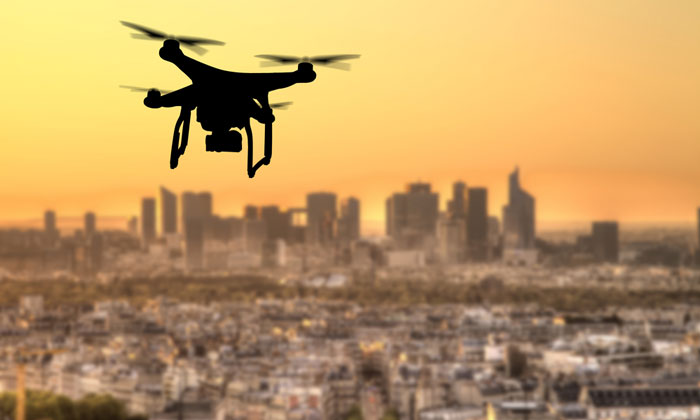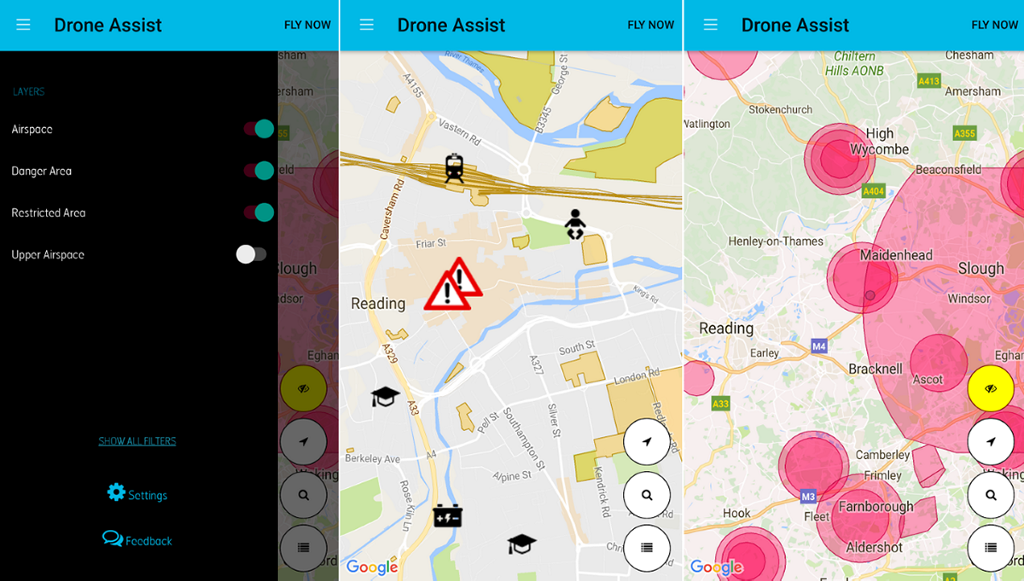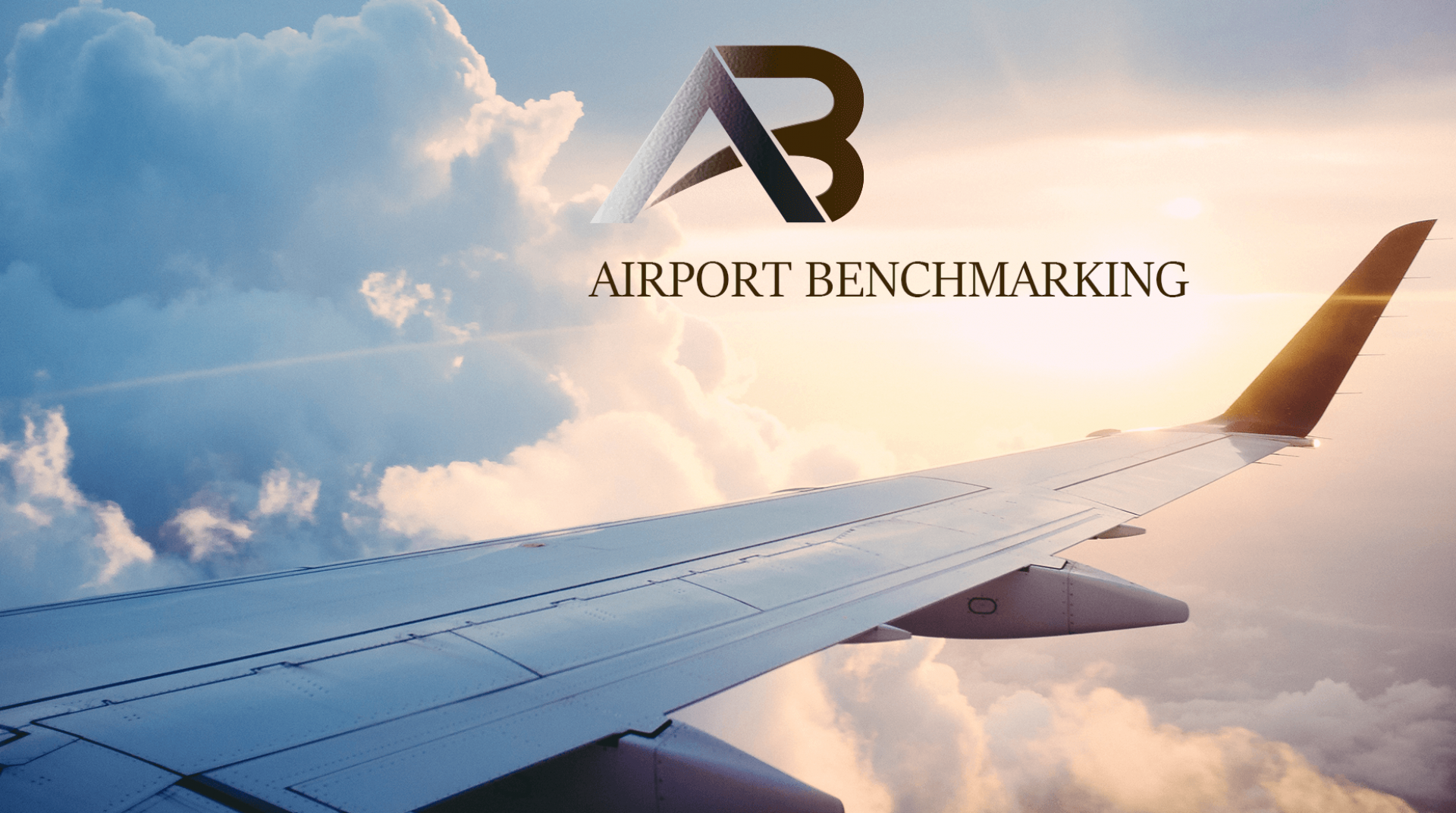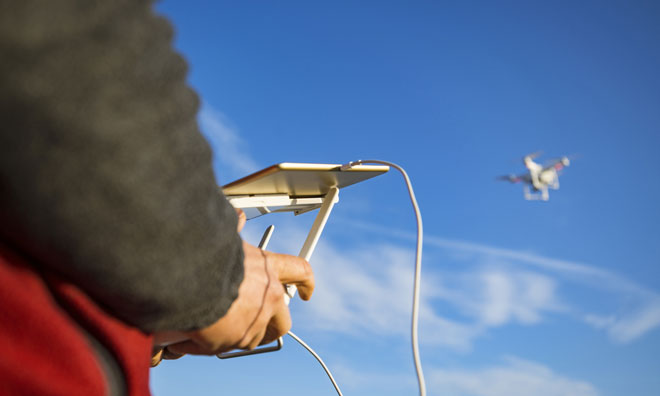Are you keeping within the rules when flying your drone? Have you taken all the important measures to ensure safety of both yourself and others? Find out here…

In light of the popularity of new NATS app, Drone Assist, we take a further look at the issue and provide you with a checklist of the 7 things you must ensure that you’re flying safely…
Drones are changing the paradigm of aviation. Gone are the hours of flying lessons, certifications and the high barriers to entry. Instead people can buy a drone and be piloting an aircraft within hours.
This is bringing a whole new group of airspace users to the skies; it’s exciting but it’s also a challenge. Besides being a lot of fun, drones can also bring potential risks to safety, security and privacy. So here’s some top tips from us, to ensure you take off and enjoy the skies safely…
#1 First and foremost, read up!
Visit www.dronesafe.uk and read the CAA’s Dronecode
Before you embark on any flight, check out the joint NATS/Civil Aviation Authority website www.dronesafe.uk, the home of drone safety information for hobbyists wanting to fly in the UK. Here you can easily access the information you need to ensure you are flying safely and legally, without endangering others.
The Civil Aviation Authority’s Drone Code, which can be found on the website, provides the simple steps you should follow to ensure the safety of you and others.
#2 Check out the new NATS Drone Assist app
Drone Assist is our drone safety app, available for free on Android and iOS. Powered by Altitude Angel, the app provides drone pilots with a user friendly interactive map of the airspace used by commercial and other air traffic.
The app enables drone pilots to easily identify areas such as Aerodrome Traffic Zones and Airports/Airfields, as well as ground hazards such as power lines, enabling them to make better informed choices about where to fly and not to fly.
The app can be downloaded here…
#3 Plan a route
Before you head out with your drone make sure you take time to think about where you’re going to fly. The Drone Assist app can help with this, as can tools such as SkyDemon.

Think about the types of hazards you might encounter and who else might be flying in that area. Google Earth is another useful tool for drone pilots, giving you information for example on buildings in an area and other hazards to be aware of.
#4 Always check the weather
Strong winds can severely hamper your ability to control your drones so it’s important to check wind speeds before take off. Some of the most expensive and powerful drones still struggle in high winds and there are plenty of videos out there showing pilots losing control when gusts come along.
Temperature is also another really important consideration. Some drones simply won’t operate if their batteries are below a certain temperature but you also need to think about other factors, like the risk of damage to motors and other internal electronics. It’s important to check individual drone manufacture guides, as this can differ from model to model. Almost all consumer drones should not be flown in temperatures below zero.
Also think about your ability as a pilot in different weather conditions. If visibility is poor, you might struggle to maintain visual line of sight with your drone if it’s more than a few feet away. In cold weather, you might lose dexterity and sensitivity in your hands, affecting your ability to control your drone. Think about your ability to pilot your drone as well as the drone’s performance itself.
#5 Check the drone itself
Before taking off, it is important to physically check your drone for any loose parts or areas of damage. Begin by checking that the unit’s blades are firmly attached. Also inspect each blade for nicks or cracks. If you find any it’s important to ground your flight and obtain replacement parts.
Battery levels should be checked to ensure they are sufficient for your flight and ensure your drone and your controls are paired and working properly. Test your drone at low altitudes before you embark on your main flight to check that it’s responding to your instructions as you’d expect.
#6 Monitor the drone during the flight
Remember, it’s your responsibility to ensure the safety of other airspace users when you’re flying your drone. You must keep your drone within your visual line of sight at all times.
Whilst flying, look out regularly for aircraft, wildlife, drones, people and any other potential hazards and monitor your aircraft during the flight, ensuring it continues to respond to all your instructions as you’d expect.
#7 Prioritise safety above all else when taking off and landing
When you take off or land your drone, it’s essential to consider your surroundings. Even with a great amount of room, drones may still sway side to side. Know your drones hovering accuracy and make sure you’re well clear of people, buildings, overhead electrical wires and any other potential hazards.
We hope you have enjoyed this quick-fire checklist.
Take a look at some of International Airport Review‘s ‘Discovering Drones’ feature below for a comprehensive look at the issue:


